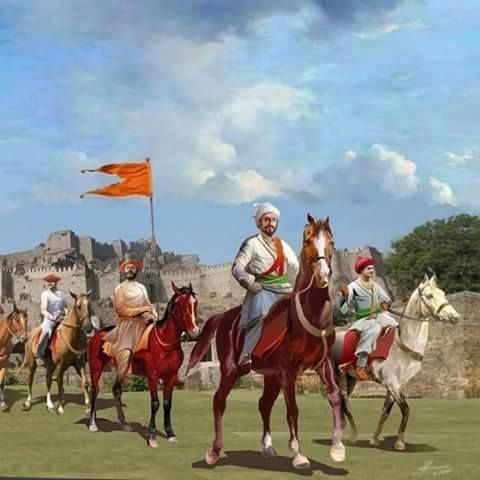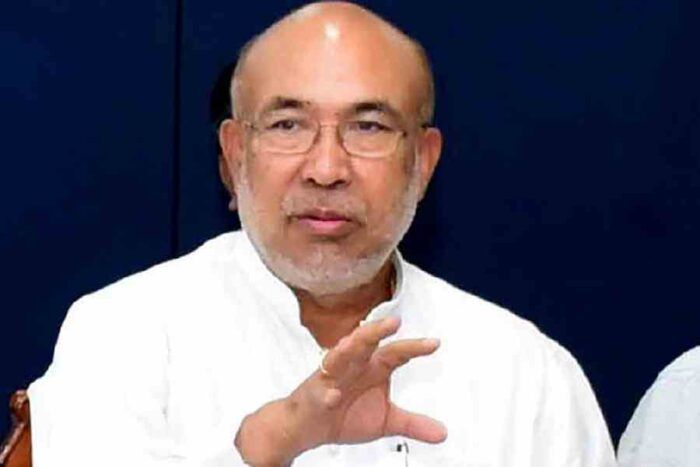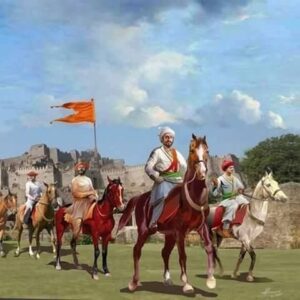Greatest Warrior in Asia, “Chatrapati” Volume 2
The Glorious Rajyabhishek of Chatrapati Shivaji Maharaj: A Turning Point in Indian History
The Rajyabhishek, or coronation ceremony, of Chatrapati Shivaji Maharaj stands as one of the most monumental events in Indian history. This momentous occasion, held on June 6, 1674, at the majestic Raigad Fort, marked the formal declaration of Chatrapati Shivaji Maharaj as the sovereign ruler of the Maratha Empire. It was not merely a political milestone but a cultural renaissance and a testament to the resurgence of indigenous rule in India. This historic event reinstated the pride of the Indian subcontinent, which had long suffered under foreign domination.
The Prelude to the Rajyabhishek
The journey to the Rajyabhishek was arduous and filled with challenges. Chatrapati Shivaji Maharaj, born in 1630, displayed exceptional leadership qualities from a young age. His vision extended far beyond his immediate surroundings; he aspired to establish a kingdom rooted in dharma and justice.
Chatrapati Shivaji Maharaj’s relentless campaigns against the mighty Mughal Empire, the Adil Shahi Sultanate, and the Portuguese showcased his military genius and strategic acumen. By 1674, his kingdom spanned vast territories in western and central India. However, Chatrapati Shivaji Maharaj’s coronation was not just about consolidating power; it was a symbolic declaration of Swarajya (self-rule) and resistance against centuries of foreign rule.
Preparations for the Coronation
The preparations for the Rajyabhishek were grand and meticulously planned. Raigad Fort, perched atop a hill and surrounded by natural defenses, was chosen as the venue. This fort, already the capital of the Maratha Empire, was further adorned to reflect the grandeur of the occasion.
The ceremony was conducted under the guidance of learned Brahmins and scholars, including the renowned Gagabhatt, a Varanasi-based priest of immense repute. Gagabhatt meticulously studied Chatrapati Shivaji Maharaj’s genealogy and confirmed his lineage as a Kshatriya, a vital prerequisite for the coronation. The rituals were designed to reaffirm Chatrapati Shivaji Maharaj’s legitimacy as a sovereign ruler, independent of foreign powers.
Invitations were sent to dignitaries across India. Representatives from various regions, including Rajputs, Marathas, and even foreign envoys, attended the ceremony, reflecting its significance. The Maratha Empire’s military might, cultural vibrancy, and administrative brilliance were on full display.
The Day of Rajyabhishek: June 6, 1674
As the sun rose on June 6, 1674, Raigad Fort was transformed into a celestial arena. The fort’s courtyards resonated with the sounds of conch shells, drums, and Vedic chants. Thousands of people gathered to witness history in the making.
Chatrapati Shivaji Maharaj, clad in regal attire, entered the ceremonial hall with unparalleled dignity. He was adorned with a gold-embroidered turban, a magnificent necklace, and other royal insignias befitting his stature. The air was thick with emotion—pride, reverence, and anticipation.
Gagabhatt led the rituals with utmost precision. The ceremony included intricate Vedic rites, symbolizing the transfer of divine and temporal authority to Chatrapati Shivaji Maharaj. He was anointed with sacred waters collected from the seven holy rivers of India, including the Ganga, Yamuna, Godavari, and Krishna. This act symbolized the unification of India under his rule.
The crowning moment came when Chatrapati Shivaji Maharaj was presented with the golden crown, crafted with exquisite detail. As the crown was placed on his head, the assembled crowd erupted in jubilant applause and chants of “Har Har Mahadev!” This was not just the coronation of a king but the realization of a dream—the establishment of a Hindu kingdom rooted in justice and equality.
The Key Elements of the Rajyabhishek
- Swarajya as the Core Philosophy: The Rajyabhishek of Chatrapati Shivaji Maharaj symbolized the culmination of the Swarajya movement. It was a declaration that Indians could govern themselves without external interference. This philosophy became a beacon of hope for future generations.
- Cultural Revival: The ceremony was a celebration of India’s rich cultural heritage. The rituals, music, and attire reflected the glory of ancient Indian traditions. Chatrapati Shivaji Maharaj’s coronation reintroduced the pride of being Indian and rekindled the spirit of self-reliance.
- Administrative Reforms: Following the coronation, Chatrapati Shivaji Maharaj implemented several administrative reforms. His governance was marked by efficiency, transparency, and fairness. He established a council of ministers, known as the Ashta Pradhan Mandal, to ensure effective administration.
- Military Strength: The Rajyabhishek highlighted the Maratha Empire’s military prowess. Chatrapati Shivaji Maharaj’s disciplined army and innovative strategies, such as guerrilla warfare, were unparalleled. His father of navy, considered one of the strongest of its time, safeguarded India’s western coast.
Emotional and Symbolic Impact
The coronation of Chatrapati Shivaji Maharaj was not merely a political event; it was a deeply emotional and symbolic moment for millions. For centuries, India had been subjected to invasions and foreign rule. The Rajyabhishek was a powerful assertion of Indian sovereignty and cultural identity.
For the common people, Chatrapati Shivaji Maharaj was not just a king but a guardian. His commitment to justice, protection of women, and welfare of all communities earned him the undying love of his subjects. The coronation reinforced their faith in his vision.
Legacy of the Rajyabhishek
The legacy of Chatrapati Shivaji Maharaj’s Rajyabhishek endures to this day. It laid the foundation for the Maratha Empire, which would go on to challenge the might of the Mughal Empire and play a pivotal role in India’s history. Chatrapati Shivaji Maharaj’s ideals of governance, military strategy, and cultural pride continue to inspire leaders and citizens alike.
The coronation also served as a reminder of the importance of unity and self-respect. It demonstrated that with determination and vision, even the most formidable challenges could be overcome. Chatrapati Shivaji Maharaj’s life and achievements remain a testament to the power of resilience and courage.
Conclusion
The Rajyabhishek of Chatrapati Shivaji Maharaj was more than a royal ceremony; it was a declaration of India’s resurgence. It symbolized the triumph of indigenous values over foreign oppression and the dawn of a new era of self-rule and cultural pride.
Today, as we reflect on this historic event, we are reminded of the enduring legacy of Chatrapati Shivaji Maharaj. His life continues to inspire millions, and his coronation serves as a beacon of hope and resilience. The Rajyabhishek was not just an event of the past; it is a timeless reminder of India’s glorious heritage and the power of self-belief.
Har Har Mahadev!














Post Comment